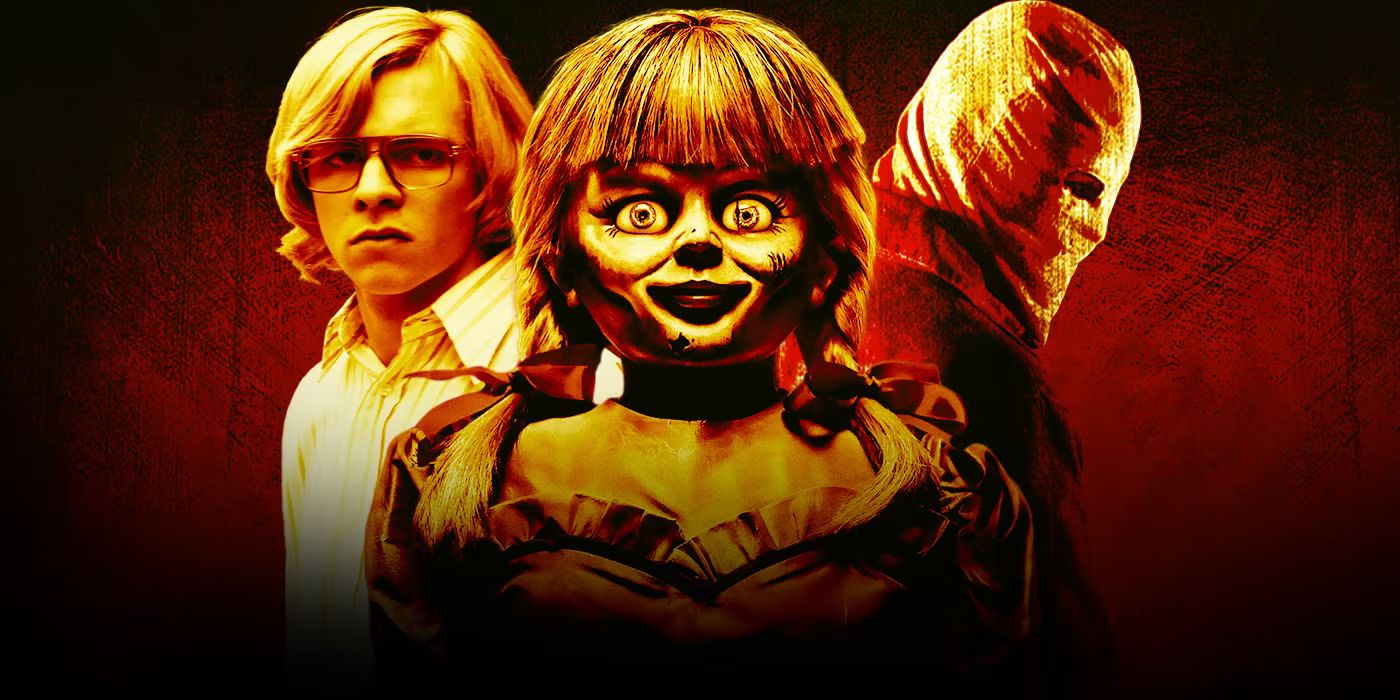
Horror films have a unique ability to tap into our deepest, most primal fears. While the creatures, ghosts, and serial killers we see on screen are often the product of vivid imaginations, what truly electrifies the genre is the unsettling realization that some of the most terrifying tales are not born from fantasy, but from the chilling fabric of our own world. There’s a profound, almost magnetic draw to stories that blur the line between nightmare and reality, leaving audiences with the lingering question: What if this could actually happen?
It’s this very plausibility, the subtle whisper of ‘based on a true story,’ that transforms mere entertainment into something far more visceral and unnerving. When we discover that the horrific events unfolding before us had a real-life antecedent, the fantastical suddenly feels disturbingly tangible. This connection to authentic, often inexplicable, incidents lends an eerie weight to every jump scare and every shadowed corner.
Join us on a fascinating, if sometimes unsettling, journey as we pull back the curtain on some of horror’s most unforgettable cinematic scares. Prepare to explore the meticulously researched facts, the surprising trivia, and the compelling historical contexts that prove truth is often far stranger – and infinitely more terrifying – than fiction. You might just find yourself sleeping with the lights on after learning the true stories behind these blockbusters.
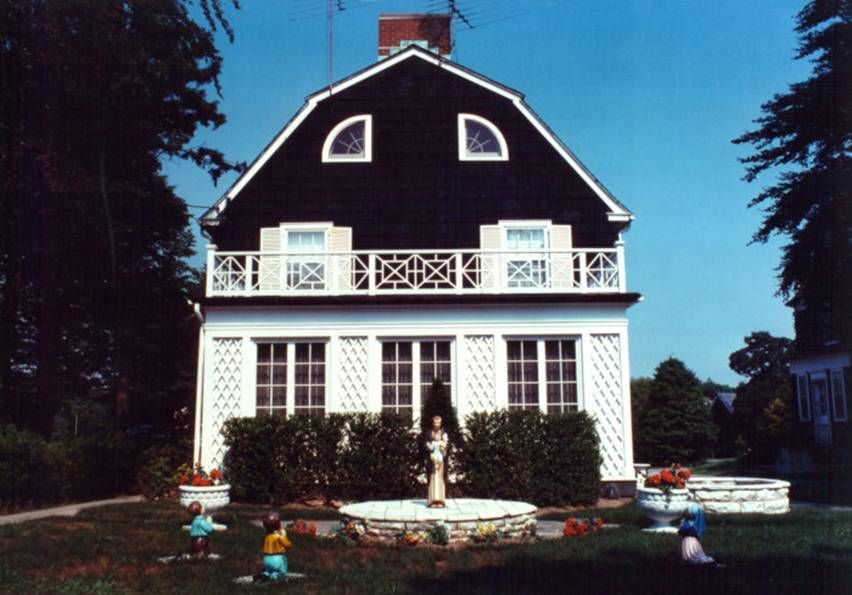
1. **The Amityville Horror (1979)**: When it comes to haunted house movies that sent shivers down spines, “The Amityville Horror” stands as an undeniable classic. This seminal film doesn’t just create a fictional narrative of terror; it draws directly on the harrowing real experiences of the Lutz family. For 28 days, this family claimed to endure unimaginable paranormal activity within their new home at 112 Ocean Avenue in Amityville, N.Y., an ordeal that etched itself into the annals of supernatural lore.
What makes the Lutz family’s story even more chilling is the grim history of their new residence. Just thirteen months before they moved in, the house had been the scene of a brutal mass murder, with Ronald DeFeo Jr. slaying six members of his own family within its walls. This gruesome preceding event undoubtedly cast a long, dark shadow over the property, fueling the legends that quickly grew around it and capturing the public’s morbid curiosity.
The Lutz’s purported experiences became the catalyst for an entire series of books and served as the direct basis for 11 films, cementing their place in pop culture. Even decades later, the eldest of the Lutz children, Daniel Lutz, spoke publicly about his experiences for the first time in the 2012 documentary “My Amityville Horror.” While skeptics have long debated the veracity of the supernatural claims, the undeniable reality of the DeFeo murders, coupled with the film’s massive success, effectively remade the concept of possessed real estate for a wide audience, influencing countless haunted house narratives that followed.
Read more about: The True Stories Behind 20 of Horror’s Most Terrifying Movies
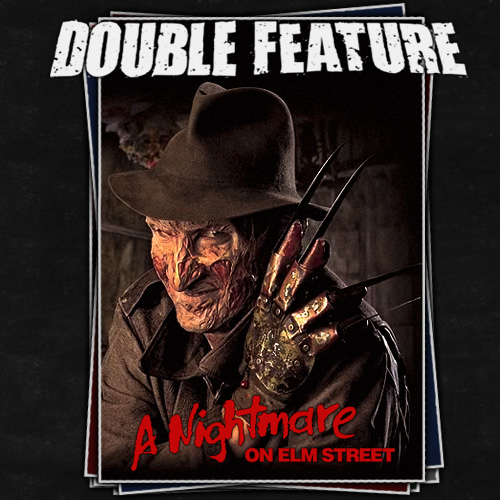
2. **A Nightmare on Elm Street (1984)**: Wes Craven’s 1984 slasher film introduced the world to Freddy Krueger, a nightmarish killer who preys on his victims while they are sleeping, turning the sanctuary of dreams into a terrifying battleground. The film’s premise, while fantastical, emerged from a surprisingly real and deeply tragic series of events that Craven himself stumbled upon in newspaper articles.
In an interview with Vulture for the film’s 30th anniversary, Craven shared that the inspiration came from reports in the Los Angeles Times about young male Southeast Asian refugees. These individuals were reportedly dying in their sleep under inexplicable circumstances. The most unsettling detail was that many of these men would reportedly refuse to sleep, driven by an overwhelming fear that nightmares would lead to their death.
The gravity of this real-life phenomenon is truly chilling. A total of 26 men reportedly died in their sleep in 1981, despite having no other discernible medical problems. It was this bizarre and tragic pattern, the idea of death literally stalking people in their slumber, that provided the fertile ground for Craven to cultivate the iconic and terrifying figure of Freddy Krueger, forever altering how we perceive the act of sleeping.
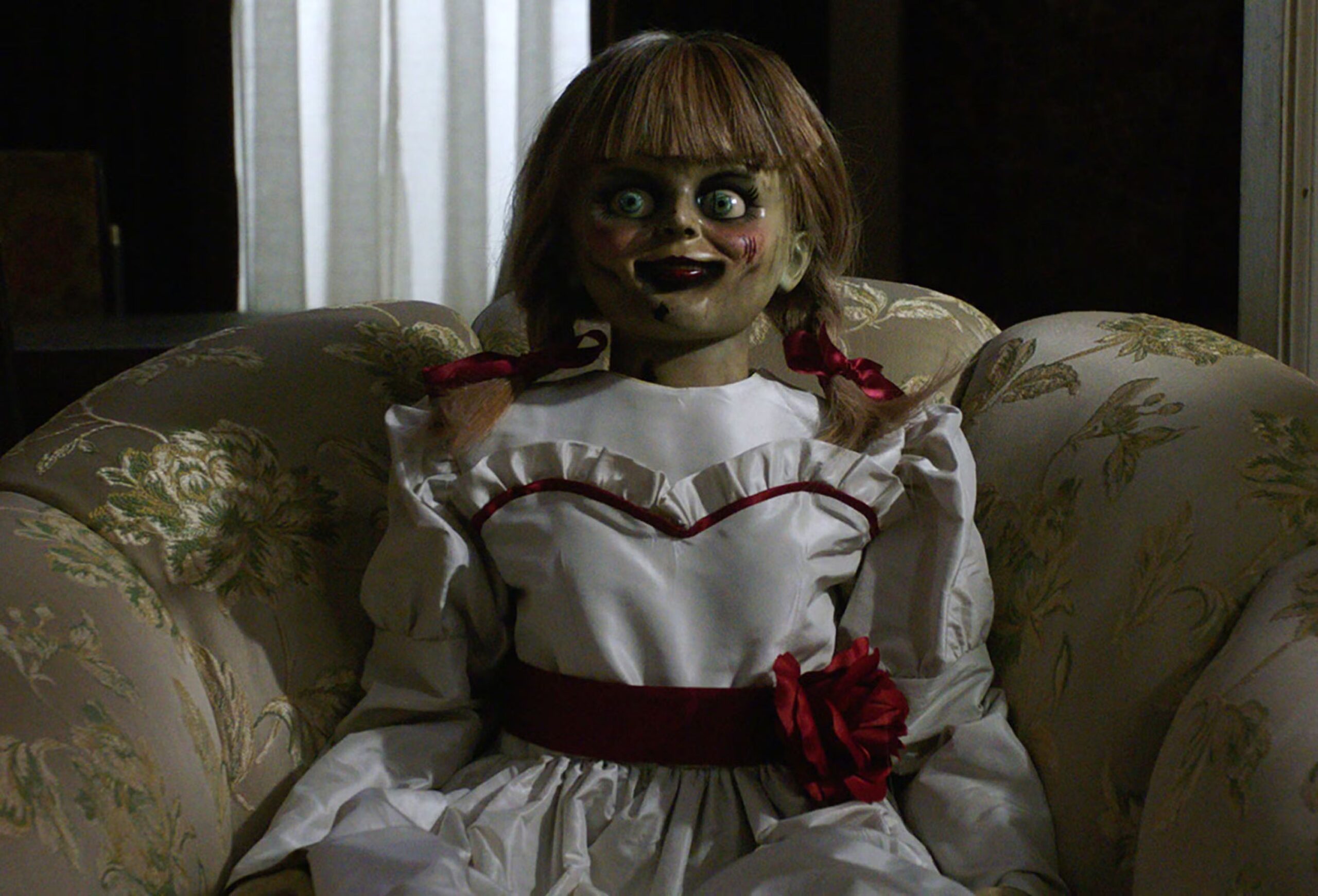
3. **Annabelle (2014)**: The cursed doll Annabelle, a character first introduced to audiences in “The Conjuring” (2013), quickly spawned her own separate and successful horror franchise with films like “Annabelle” (2014), “Annabelle: Creation” (2017), and “Annabelle Comes Home” (2019). This terrifying cinematic presence is not merely a figment of a screenwriter’s imagination; she is based on a real-life Raggedy Anne doll with an incredibly unsettling history.
The real Annabelle doll was originally a seemingly innocuous gift to a young nurse. However, this seemingly innocent present soon became the focal point of a string of deeply disturbing and mysterious events. Reports included objects moving on their own and, most terrifyingly, a traumatic experience involving the nurse’s boyfriend, which escalated the fear surrounding the doll.
Concerned and frightened, the nurse and her friend sought help, inviting a medium to their home. It was during this consultation that the medium chillingly stated the doll was inhabited by the spirit of a deceased seven-year-old girl named Annabelle Higgins. However, what began as a tale of a child’s spirit quickly took a darker turn, as paranormal investigators Ed and Lorraine Warren later concluded the doll was, in fact, allegedly cursed by a malevolent demonic spirit. This allegedly haunted Raggedy Anne doll, blamed for violent attacks and at least two near-death experiences, remains locked away in the Occult Museum owned by the Warrens, encased in glass, bearing the ominous message: “Warning: Positively do not open.”
Read more about: The Terrifying True Stories That Inspired These Horror Films
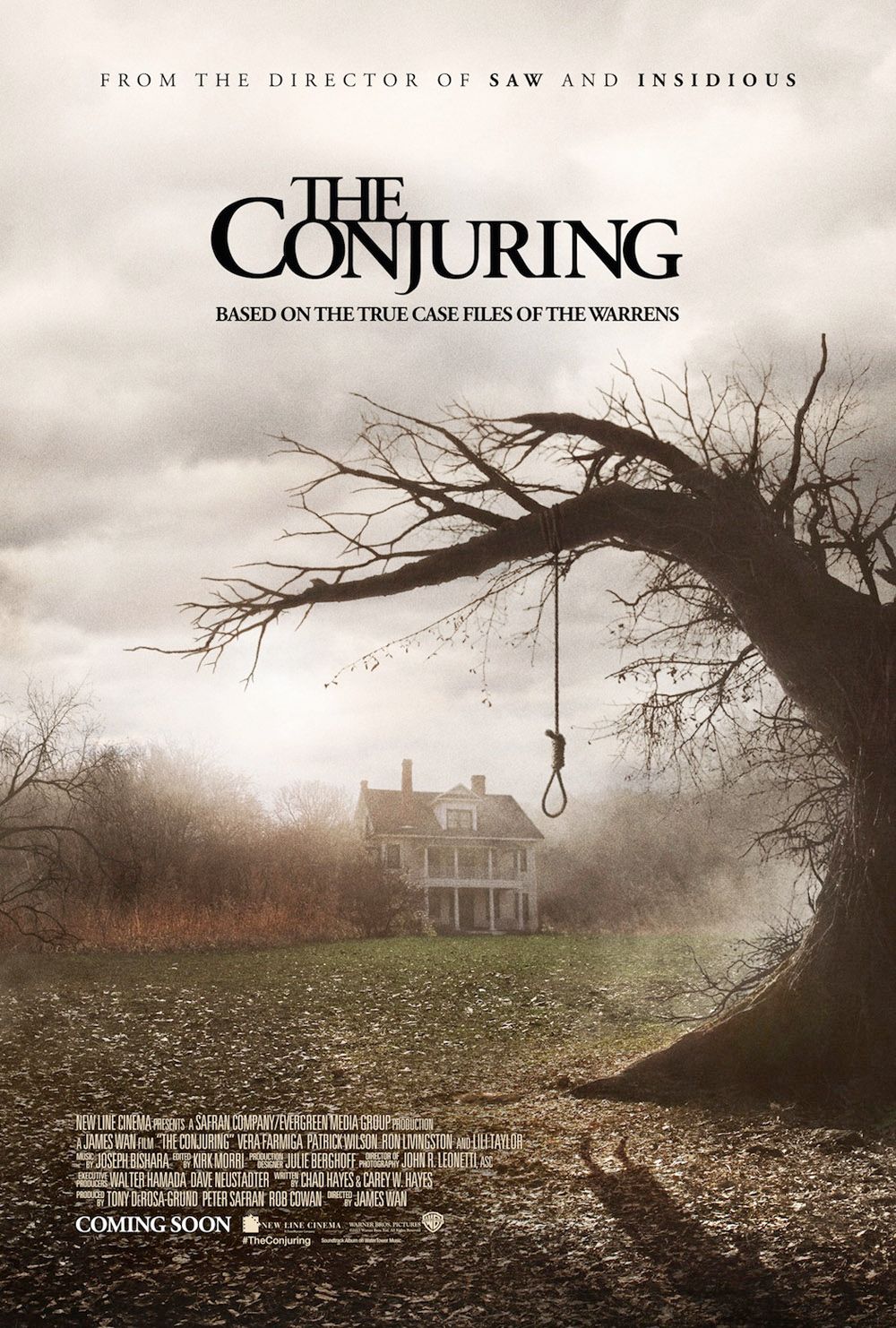
4. **The Conjuring (2013)**: The 2013 blockbuster “The Conjuring” catapulted real-life paranormal investigators Ed and Lorraine Warren into a new level of public recognition. Portrayed by Patrick Wilson and Vera Farmiga, this demonologist couple became household names, largely due to their involvement in some of the most sensational purported hauntings, including the infamous Lutz family case that inspired “The Amityville Horror.
However, “The Conjuring” itself does not focus on the Amityville saga. Instead, it draws on a different, yet equally chilling, prior case from the Warrens’ extensive files: their investigation into a deeply unsettling haunting at a crumbling farmhouse in Rhode Island in 1971. This particular case centered on the Perron family, who claimed to be terrorized by a malevolent entity, primarily the alleged spirit of a witch named Bathsheba, within their new home. The film masterfully brings this terrifying account to life, immersing viewers in the family’s escalating dread.
The Conjuring” quickly became a masterfully directed horror film, acclaimed for its strong cast and its ability to evoke genuine fear through classic horror tropes and numerous jump scares. Its success not only brought renewed interest to this specific sensational case but also birthed the incredibly lucrative “Conjuring Universe,” a sprawling horror franchise that has spun off into multiple directions, including the aforementioned “Annabelle” films. While the movie does take some liberties to tell a more cinematic story – such as an ending where the Warrens successfully exorcise the house – its core premise is rooted in the very real claims and investigations of these famous demonologists, proving that director James Wan could indeed conjure up more than just nausea.
Read more about: The 15 Most Disturbing Horror Scenes You Can Never Unsee

5. **The Haunting in Connecticut (2009)**: In this supernatural horror flick, the Snedeker family’s desperate move to Connecticut, seeking a home closer to their son’s cancer doctor, quickly unravels into a living nightmare. They soon discover their new abode isn’t just an old house; it’s a former mortuary, with a dark and disturbing past. Even more chillingly, those who once ran the mortuary allegedly engaged in questionable, and deeply unsettling, practices, including necromancy, adding a layer of macabre history to the property.
The film explicitly claims to be based on a true story, a claim fueled primarily by Carmen Snedeker’s assertions that she was haunted by an “evil entity” within the home. Her experiences were so intense that the well-known demonologists Ed and Lorraine Warren were called in to investigate, eventually declaring the home to be overrun by demons and performing an exorcism in 1988. This purported real-life intervention by the famous Warrens certainly lends an air of credibility to the Snedeker family’s terrifying account, making the cinematic portrayal all the more unsettling for audiences.
However, the narrative surrounding “The Haunting in Connecticut” is not without its controversies and skeptics. Many researchers and investigators have since come to believe that the entire story was, in fact, a hoax. Adding to this skepticism is the particularly revealing anecdote where Ed Warren himself allegedly told author Ray Garton, who was writing a book about the Snedeker case, to “Just make it up and make it scary.” This suggestion raises profound questions about the true extent of the haunting, leaving viewers to ponder just how much of the terrifying events depicted on screen were genuinely experienced, and how much was a meticulously crafted fabrication designed to maximize fright.
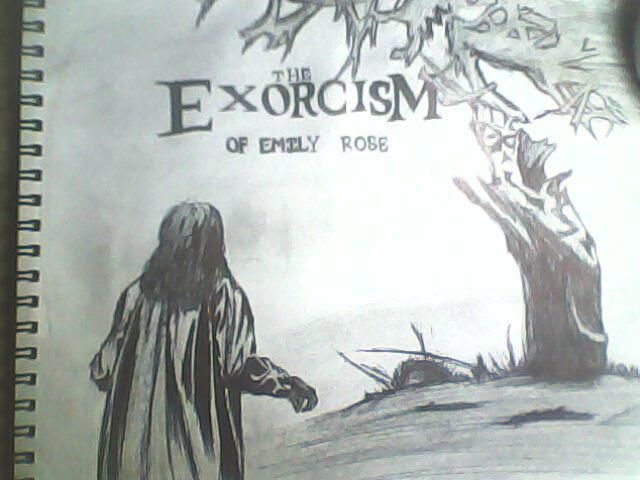
6. **The Exorcism of Emily Rose (2005)**: Director Scott Derrickson’s “The Exorcism of Emily Rose” delves into the harrowing world of demonic possession and religious ritual, but its chilling narrative is not purely a work of fiction. The film’s story is loosely based on the tragic life of Anneliese Michel, a young German woman whose case became a notorious flashpoint in discussions of faith, mental illness, and alleged demonic possession.
Anneliese Michel experienced severe seizures and was diagnosed with epileptic psychosis. However, her condition was complicated by a profound aversion to religious objects, leading her parents to believe her suffering was not merely medical but spiritual. Consequently, they contacted the Catholic Church to request an exorcism, hoping to free her from what they perceived as a malevolent entity. Two priests responded to their desperate plea, embarking on a series of 67 exorcisms performed over a period of several months.
The outcome of these protracted rituals was disastrous. Anneliese Michel tragically died from severe malnutrition and dehydration, a direct result of her refusal or inability to eat and drink during the lengthy exorcisms. Following her death, both her parents and the priests involved were charged with negligent homicide, leading to a highly publicized trial that scrutinized their actions and beliefs. The film expands on this already tragic real-life story by following the exorcist himself as he is put on trial for homicide, creating a compelling courtroom drama intertwined with supernatural horror. This was Scott Derrickson’s first exorcism movie based on real events, and the devastating real-life incident of Anneliese Michel also inspired two other films: 2006’s “Requiem” and 2011’s “Anneliese: The Exorcist Tapes,” underscoring the profound and lasting impact of her case.
Read more about: 15 True Stories of Terror: Netflix Horror Films That Will Keep You Up
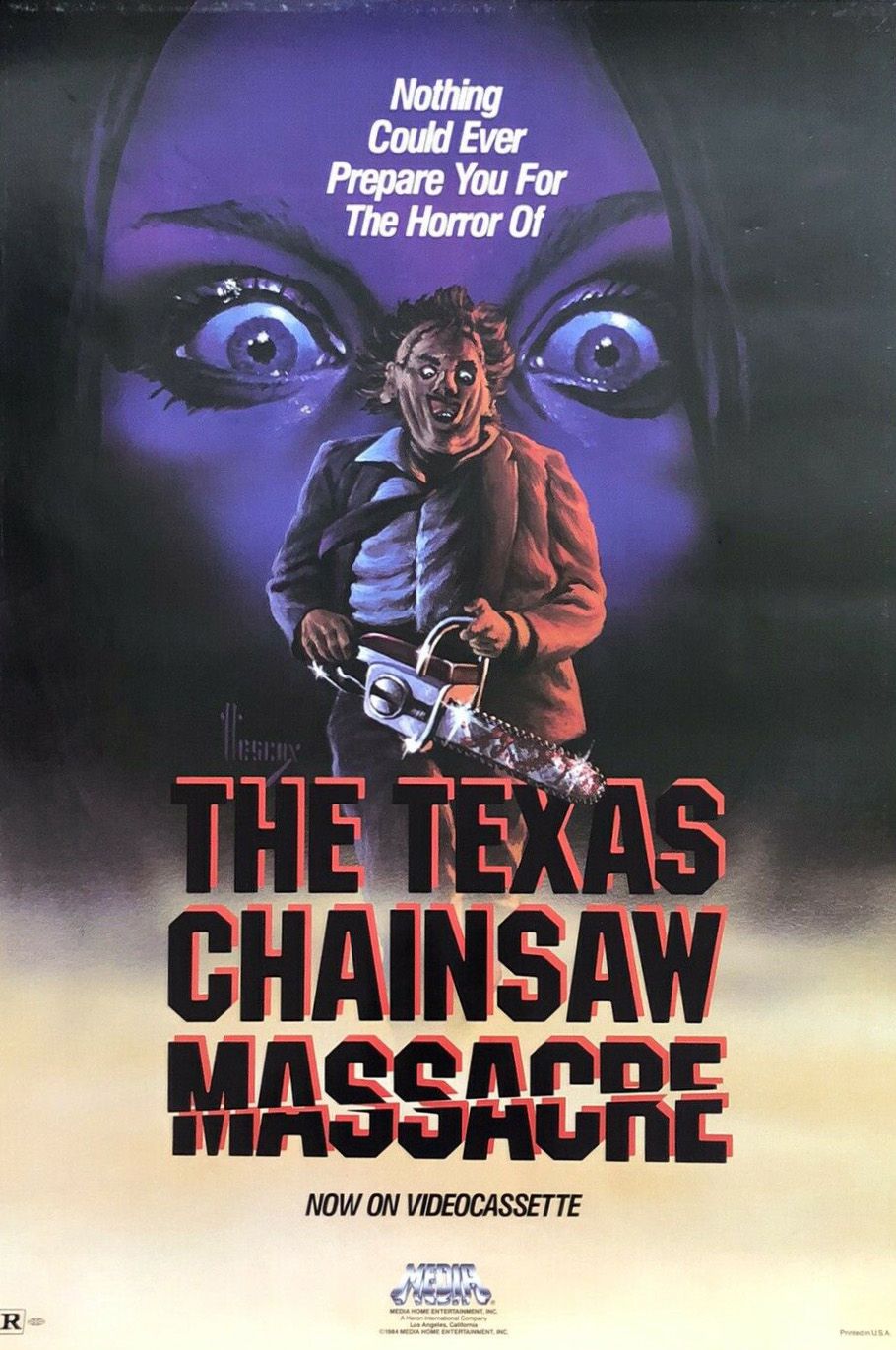
7. **The Texas Chainsaw Massacre (1974)**: The visceral and profoundly disturbing 1974 film, “The Texas Chainsaw Massacre,” unleashed the terrifying character of Leatherface upon the world, a chainsaw-wielding murderer whose mask is made of human skin. While the film is not a literal recounting of a true story, its grotesque aesthetic and the unsettling nature of its antagonist are loosely inspired by the infamous life and crimes of Ed Gein, a real-life killer active in the 1950s, famously known as “the Butcher of Plainfield” or “Plainfield Ghoul.”
The similarities between Leatherface and Gein primarily stem from Gein’s horrifying predilection for fashioning macabre keepsakes from human remains. Gein would exhumed corpses from local graveyards, using their bones and skin to create household items and even clothing. The film’s disturbing portrayal of Leatherface’s mask, made from human flesh, directly echoes Gein’s ghastly practices, though Leatherface’s motivation in the film – hiding a physical deformity – differs from Gein’s.
Furthermore, the dilapidated and terrifying house featured in “The Texas Chainsaw Massacre,” a place filled with bones and other gruesome decor, bears a distinct and chilling resemblance to Ed Gein’s own real-life home, which was famously described as a grotesque, flesh-themed dwelling after his crimes were uncovered. While “The Texas Chainsaw Massacre” is far from a biopic of Ed Gein, its grisly aesthetic and the sheer depravity of its central figure powerfully reflect the horrifying nature of the real-life murderer’s crimes, leaving a lasting impact on the horror genre and countless viewers.” , “_words_section1”: “1940
Having journeyed through the unsettling inspirations behind some of horror’s most iconic haunted houses, demonic possessions, and unique killers, we now delve deeper into the abyss. Our exploration continues, unmasking the terrifying roots of even more cinematic monsters, tracing their lineage back to real-life serial killers, perplexing paranormal phenomena, and unexplained events that continue to baffle and frighten. Prepare to confront the chilling truth that some of the greatest scares aren’t just fiction, but echoes of actual terror that once stalked our world.
Read more about: 20 Iconic Movie Posters: Visual Art That Defined Cinema
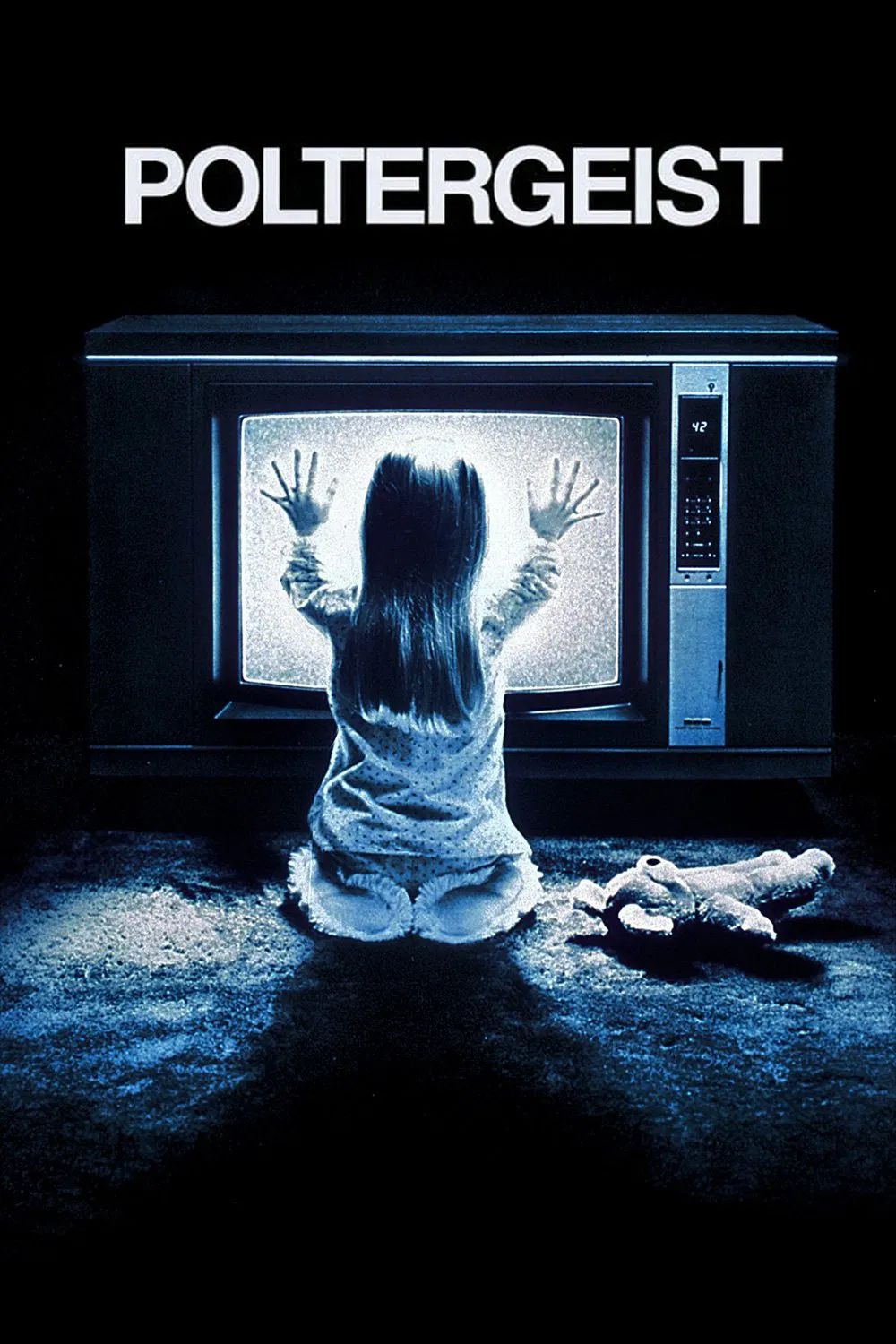
8. **Poltergeist (1982)**: This 1982 classic, co-written by Steven Spielberg, tells the story of a family whose home was built on a burial ground and subsequently plagued by violent spirits. The film masterfully brings to life the chaotic and terrifying manifestations of poltergeist activity, from mysteriously flying objects to unsettling noises, pushing the family to their breaking point. It’s a seminal work that defined haunted house horror for a generation, making audiences question the ground beneath their own homes.
The premise of “Poltergeist” was based on the real-life claims of the Hermann family. In 1958, their Long Island, New York, home became the focal point of a national media story due to a prolonged haunting. Over the course of about a month, the Hermann family reportedly experienced unexplainable phenomena, including loud popping noises and objects mysteriously flying around the house, incidents that left both police and scientists bewildered and unable to offer a logical explanation.
The Herrmann family, who eventually moved, believed the unsettling events were directly linked to their home being near a Native American burial site, a detail that resonated strongly with the film’s narrative. While “Poltergeist” naturally adds its own cinematic flair, including special effects, skeletons, and the iconic television screen, its core premise of a family tormented by unseen forces within their own home is rooted in the very real, unexplained occurrences reported by the Hermanns, demonstrating that reality can indeed provide the groundwork for supernatural frights.
Read more about: Horror Challenge: 15 Truly Disturbing Films That Will Terrify You
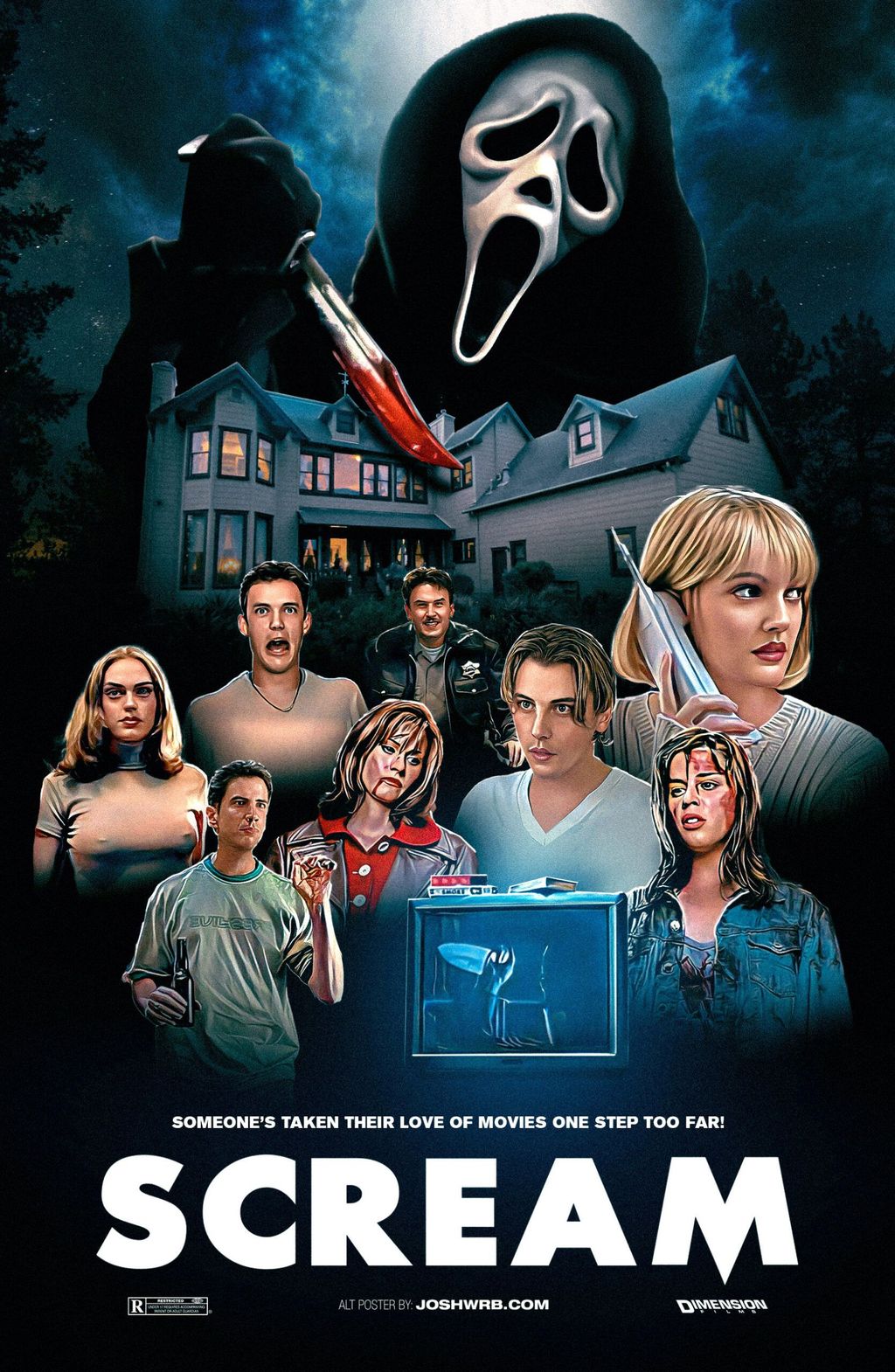
9. **Scream (1996)**: Wes Craven’s 1996 original slasher film, which launched a massive franchise, is celebrated for its satirical tone and self-aware horror tropes. Yet, beneath its meta-commentary and a marketable slasher villain like Ghostface, lies a story about a small town driven to chaos by a string of violent murders. The film masterfully exploits the fear of the unknown assailant, keeping audiences guessing about the killer’s identity and motives.
The script for “Scream” was sparked into existence by the terrifying Gainesville murders committed by Daniel Rolling in 1990. After screenwriter Kevin Williamson watched a television special detailing these horrific mutilations in the Florida community, he was deeply disturbed and inspired. The widespread fear caused by Rolling’s killings, where several young people were brutally murdered, provided the fertile ground for Williamson to conceive his narrative of a knife-wielding killer terrorizing a community.
While there are some direct similarities in the context of a small town gripped by fear, “Scream’s” screenwriter was primarily inspired by the psychological impact of such crimes – the chilling idea that there could be a faceless psychopath standing outside the window, waiting for the opportunity to strike. This focus on the pervasive, random fear that true-life violent crimes can instill in a community is what makes “Scream” so effective, tapping into a primal dread that transcends its slasher conventions and grounds its fictional terror in a disquieting reality.
Read more about: The 20 Most Hilarious Monster Movies: Vampire Comedies, Zombie Laughs & More!
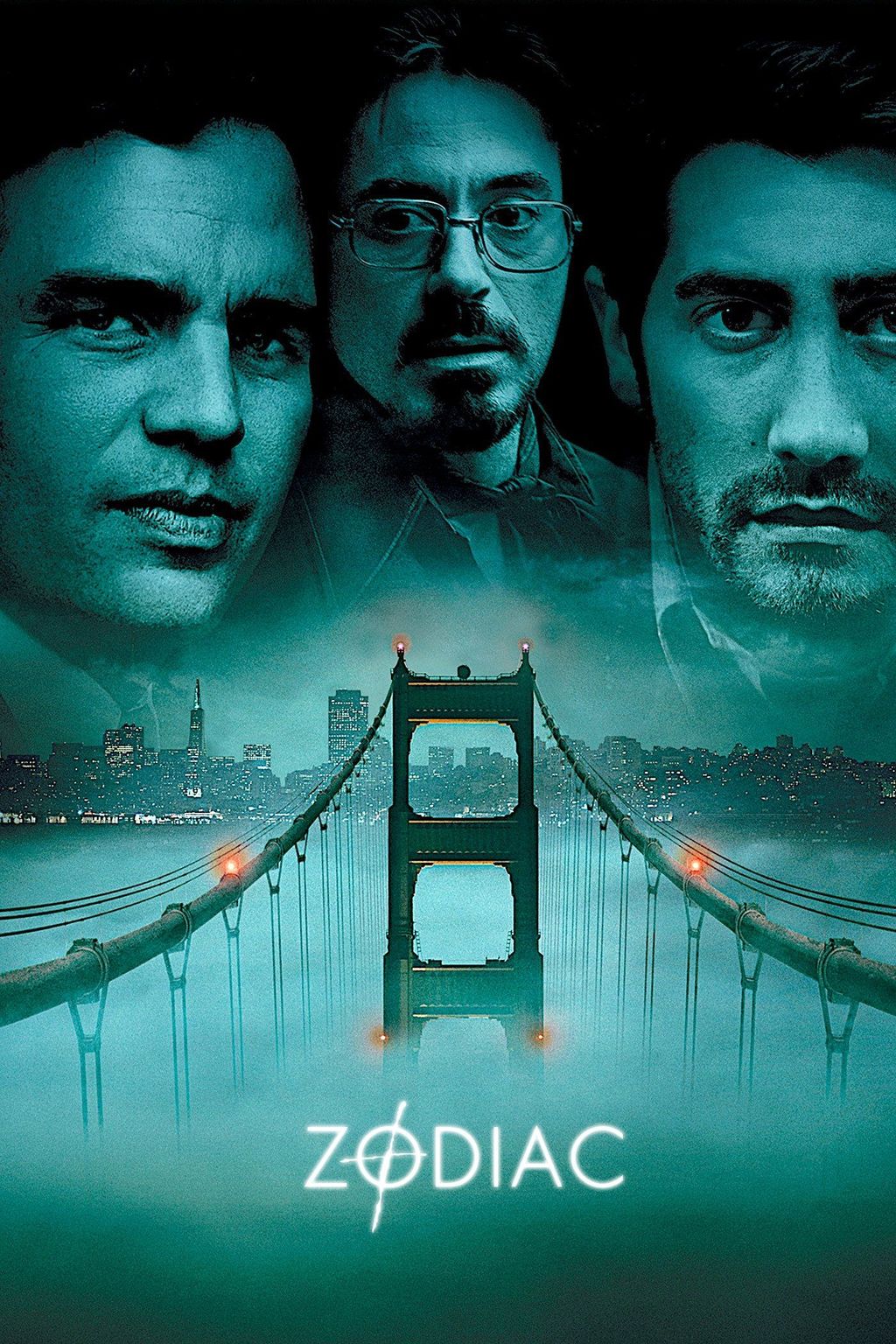
10. **Zodiac (2007)**: David Fincher’s chilling 2007 masterpiece immerses viewers in the perplexing and horrifying saga of the Zodiac Killer, who terrorized San Francisco throughout the 1960s and ’70s with a string of still-unsolved murders. The film meticulously re-enacts several of these brutal slayings, but its core narrative delves less into the direct violence and more into the maddening rabbit hole of obsession opened up by the killer himself.
The Zodiac Killer famously taunted police and the public by disseminating maddening puzzles and coded messages through the press, creating a complex web of clues that both intrigued and frustrated investigators. The film centers on political cartoonist Robert Graysmith, portrayed by Jake Gyllenhaal, whose decades-long obsession with uncovering the Zodiac’s identity consumed his life and ultimately cost him his marriage, highlighting the profound psychological toll such unsolved mysteries can take.
The Zodiac Killer case remains unsolved to this day, a fact that only adds to its enduring mystique and terror. The film powerfully conveys the relentless pursuit of truth in the face of ambiguity, a quest that mirrors the real-life efforts of countless individuals who, every few years, come forward with new theories about who committed the killings. “Zodiac” masterfully captures the eerie weight of an ongoing enigma, a real-life horror story that continues to resonate because its final chapter has yet to be written.
Read more about: The Best Historical Movies: 22 Films Known for Accuracy
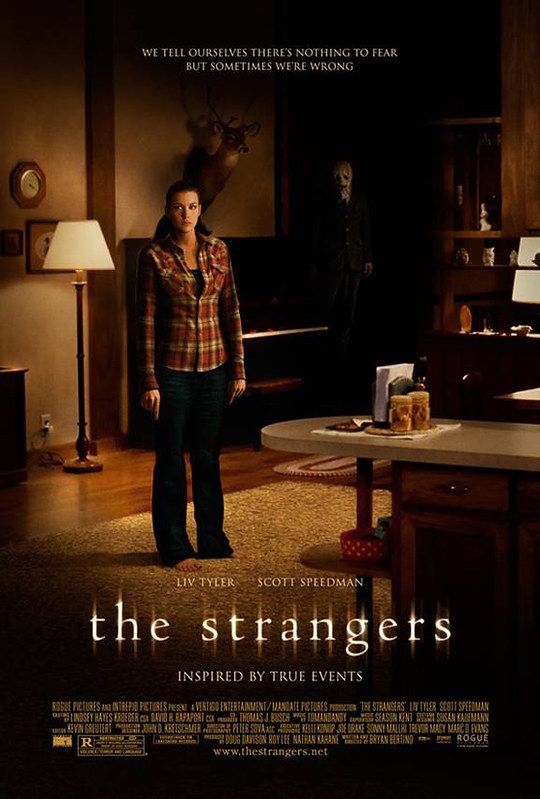
11. **The Strangers (2008)**: Bryan Bertino’s 2008 film chronicles a terrifying home invasion, starring Scott Speedman and Liv Tyler as a couple whose isolated night takes a horrific turn. The film preys on the universal fear of feeling unsafe in one’s own home, escalated by the seemingly random and senseless nature of the assailants’ violence. It’s a chilling reminder that true terror can emerge from the most unexpected places.
The story behind “The Strangers” was inspired by real-life violent crimes that haunted Bertino. He drew on the horrific murders committed by the notorious Manson Family, whose cult-driven killings shocked the nation, and the unsolved 1981 Keddie Cabin Murders, in which four people were brutally killed by three masked assailants in a California resort town. These historical atrocities provided a grim framework for the film’s narrative of intruders with no discernible motive beyond inflicting terror.
Bertino also shared a personal experience that fueled his screenplay: he recalled a group of people knocking on doors in his neighborhood when he was a child, asking if a made-up person was home, and if no one answered, they would rob the house. His movie takes this unsettling premise a step further, focusing instead on a group that wants to kill innocent people in their homes for no other reason than that they were there. As with films like “Them,” it is the stark randomness and utter senselessness of the attackers’ acts that leaves you shivering, making “The Strangers” a profoundly unnerving cinematic experience rooted in the chilling reality of unprovoked violence.
Read more about: The Essential List: 15 Kate Winslet Movies That Define Her Career
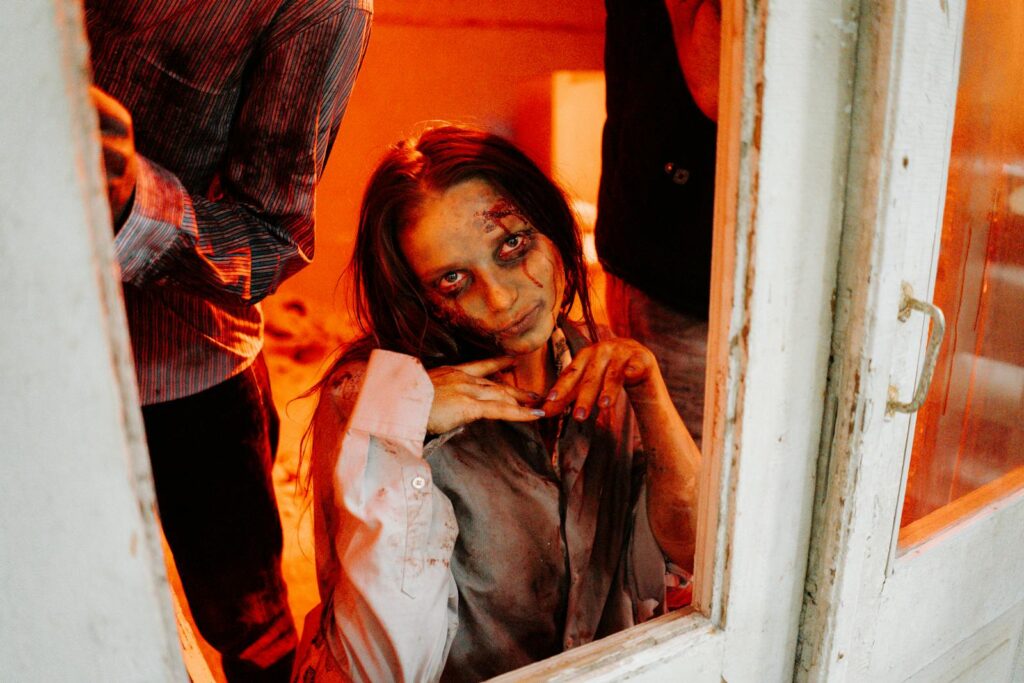
12. **Monster (2003)**: Charlize Theron delivered a critically acclaimed and Oscar-winning performance in this 2003 film, portraying the former prostitute-turned-serial killer Aileen Wuornos. “Monster” unflinchingly delves into the dark and complex life of a woman who became one of America’s most infamous female serial murderers, exploring the psychological and circumstantial factors that contributed to her deadly trajectory.
Aileen Wuornos was a real-life figure whose gruesome crimes shocked the nation. She was convicted on six counts of first-degree murder, although investigations suggested there was a seventh victim. Her spree of killings, often targeting men who picked her up while she was hitchhiking, left a trail of fear and tragedy across Florida. Wuornos’s trial and subsequent execution in Florida in 2002 garnered significant media attention, bringing the chilling reality of her crimes into the public consciousness.
The film “Monster” strives to present a nuanced, albeit disturbing, portrait of Wuornos, moving beyond the sensational headlines to explore the human (or inhuman) elements of her story. Theron’s transformative performance brought a stark reality to the character, making the film a powerful, albeit grim, exploration of a real-life killer. By focusing on the true events of Wuornos’s life and crimes, “Monster” stands as a harrowing testament to the capacity for human depravity, blurring the lines between cinematic horror and documented reality.
Read more about: The Guilty Pleasures: 14 Movies That Are So Bad They’re Actually Amazing

13. **Fire in the Sky (1993)**: This science fiction horror film retells the extraordinary and controversial tale of Travis Walton, a man who claims to have been abducted by aliens. On November 5, 1975, while heading home to Snowflake, Arizona, with a few colleagues, Walton reportedly vanished, only to return five days later with an incredible and disturbing story of extraterrestrial encounter. The film brings his purported experiences to vivid, unsettling life, pushing the boundaries of what audiences might believe.
Travis Walton’s detailed account of his alleged abduction became a significant phenomenon in Ufology. Following his return, he published his experiences in a book originally titled “The Walton Experience.” This book was later republished and retitled “Fire in the Sky” to coincide with the release of the movie, further cementing his story in popular culture and sparking widespread debate about the veracity of alien abductions.
The film meticulously recreates Walton’s claims, including the terrifying moments aboard what he described as an alien spacecraft, depicting graphic and invasive procedures he endured. While skeptics have questioned the details of his narrative, the film’s chilling depiction of a human caught in an otherworldly encounter draws directly from Walton’s steadfast assertions. It stands as a testament to the enduring human fascination, and fear, of the unknown, asking audiences to consider the terrifying possibility that we are not alone, and some encounters are far from friendly.
Read more about: From Pixelated Thrills to Global Phenomenon: The Unstoppable Journey of Sega’s Iconic Speedster, Sonic the Hedgehog
As our chilling journey concludes, it becomes undeniably clear that the most potent horrors often lie not in the realm of pure fantasy, but in the unsettling echoes of real-life events. From unexplained disappearances and terrifying paranormal encounters to the chilling depravity of serial killers, the fabric of our world has provided a rich, albeit disturbing, tapestry for filmmakers to weave their nightmares. These films serve as more than just entertainment; they are visceral reminders of the thin veil between the ordinary and the truly extraordinary, leaving us with a lingering sense of unease and the profound realization that truth can indeed be stranger, and far more terrifying, than fiction. So, the next time you settle in for a horror flick, remember the real stories that whispered these nightmares into existence – you might just find yourself sleeping with the lights on, too.



